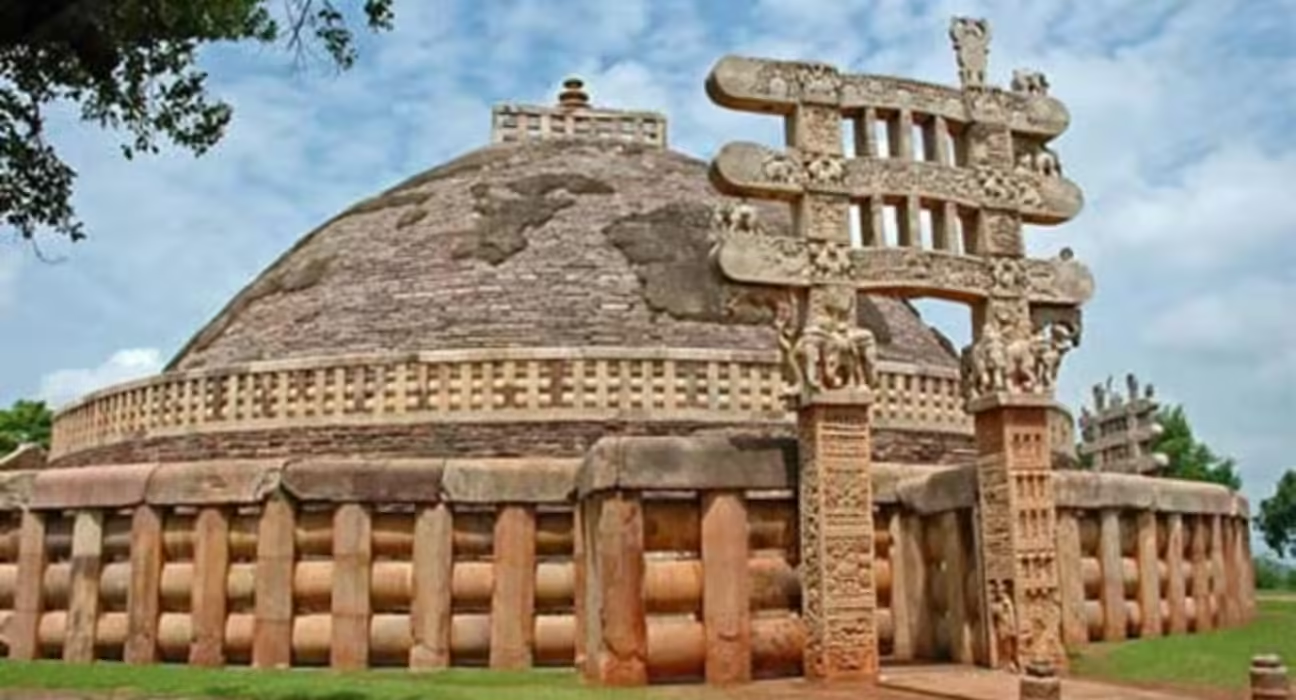Indian architecture reflects a myriad of cultural, historical, and artistic expressions that have evolved over millennia. It is more than just building structures; it is an embodiment of the rich tapestry of civilization, spirituality, and artistry that defines India. From ancient temples that shine with intricate carvings to modern skyscrapers that symbolize global connectivity, Indian architecture is a testament to diversity and transformation throughout different eras.
A Historical Overview of Indian Architecture

Indian architecture boasts a history that stretches back thousands of years, shaped by various cultures, religions, and socio-political dynamics. To understand its complexity, one must delve into its foundations— the early Harappan civilization laid a blueprint for urban planning that continues to inspire even today.
The Origins: Harappan Civilization
The roots of Indian architecture can be traced back to the Harappan civilization, which flourished around 2500 BCE. This ancient society showcased advanced urban planning characterized by grid-like street layouts, sophisticated drainage systems, and robust brick construction.
The cities of Harappa and Mohenjo-Daro had features such as public baths, residential areas, and marketplaces that reveal a high degree of social organization.
These architectural advancements not only reflect the ingenuity of their time but also underscore a deep understanding of sustainable living. The ability to harness local materials and create functional spaces highlights a harmonious relationship between nature and human habitation.
The Influence of Religion and Culture
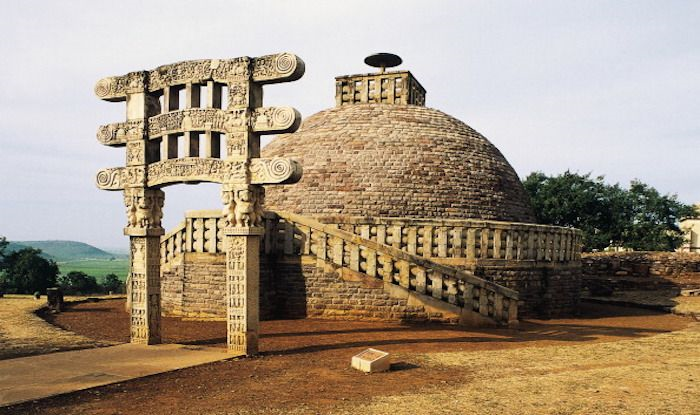
The arrival of different religions, particularly Hinduism, Buddhism, and later Islam, significantly influenced the trajectory of Indian architecture.
Hindu temples emerged with intricate designs and spiritual symbolism, showcasing elaborate carvings that narrate mythological stories.
Buddhist architecture brought forth stupas and monastic complexes like those found at Sanchi and Ajanta, which served both religious and educational purposes.
Islam introduced grand mosques with stunning domes and minarets, blending Persian influences with local craftsmanship, evident in iconic structures such as the Qutub Minar and the Taj Mahal.
Mughal Era: A Golden Age
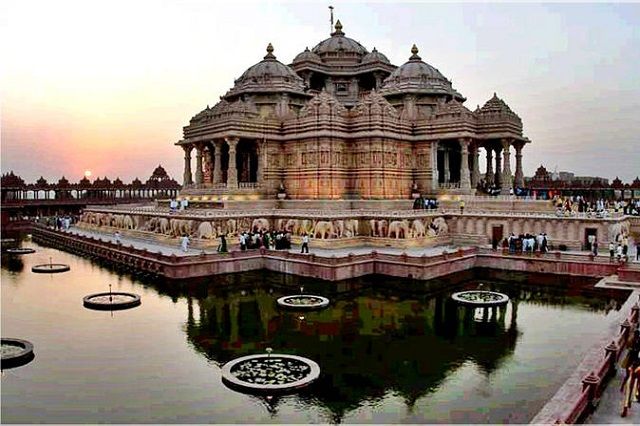
The Mughal Empire marked a high point in Indian architecture, combining Islamic, Persian, Turkish, and Indian styles into a unique synthesis.
Structures from this period are characterized by their grandeur, symmetry, and intricate ornamentation.
The Taj Mahal, a UNESCO World Heritage Site, encapsulates this era’s splendor with its ethereal beauty and meticulous attention to detail.
This architectural style symbolized imperial power and served as a canvas for expressing the emperor’s vision, merging aesthetics with spirituality and power.
Artistic Expression through Indian Architecture

Indian architecture serves as a rich canvas for artistic expression, where every carving, motif, and structural element tells a story. This art form transcends mere aesthetics; it intertwines culture, spirituality, and craftsmanship, creating a multidimensional experience.
Symbolism and Spirituality

In many traditional structures, especially temples, each aspect of design is steeped in symbolic meaning.
For example, Shikharas (the towering spires) and Jaalies (decorative lattice) are not merely architectural elements but represent the connection between the earthly realm and the divine.
The intricate carvings on temple walls often depict deities, celestial beings, and scenes from epics like the Ramayana and Mahabharata, allowing worshippers to engage spiritually with these narratives.
These artistic representations reflect the values, beliefs, and aspirations of the communities they serve, making architecture a profound medium for cultural storytelling.
Craftsmanship and Techniques
The craftsmanship in Indian architecture showcases extraordinary skills passed down through generations.
Artisans employ techniques such as stone carving, woodwork, and fresco painting to create detailed and vibrant works of art that adorn temples, palaces, and homes.
Each region of India has its distinctive style, utilizing locally sourced materials and techniques that reflect its unique cultural identity. For instance, the use of sandstone in Rajasthan contrasts sharply with the granite of South India, leading to varied architectural expressions across the subcontinent.
This diversity in craftsmanship fosters a sense of regional pride and continuity, as artisans preserve traditional methods while evolving with contemporary influences.
The Fusion of Styles

One of the most remarkable aspects of Indian architecture is its ability to adapt and integrate diverse influences.
As traders and conquerors traversed the Indian landscape, they brought along their architectural styles, resulting in a fusion that enriched the existing traditions.
This blend is particularly visible in colonial-era buildings, where European styles intermixed with Indian elements to create a unique aesthetic.
Examples include the Victoria Memorial in Kolkata, which combines Indo-Saracenic architecture with classical European influences, serving as a testament to India’s complex historical narrative.
Modern Innovations in Indian Architecture
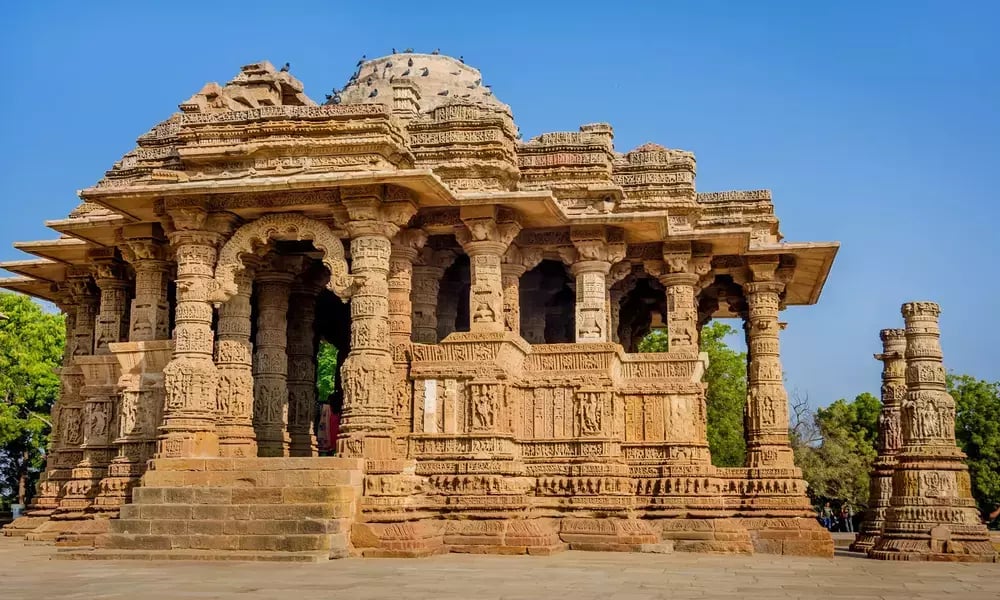
Today, Indian architecture is experiencing a renaissance, driven by young architects who are passionate about blending traditional practices with innovative design principles.
The urbanization and rapid economic growth in India demand new approaches to architecture that honor the past while addressing contemporary needs.
Sustainable Practices
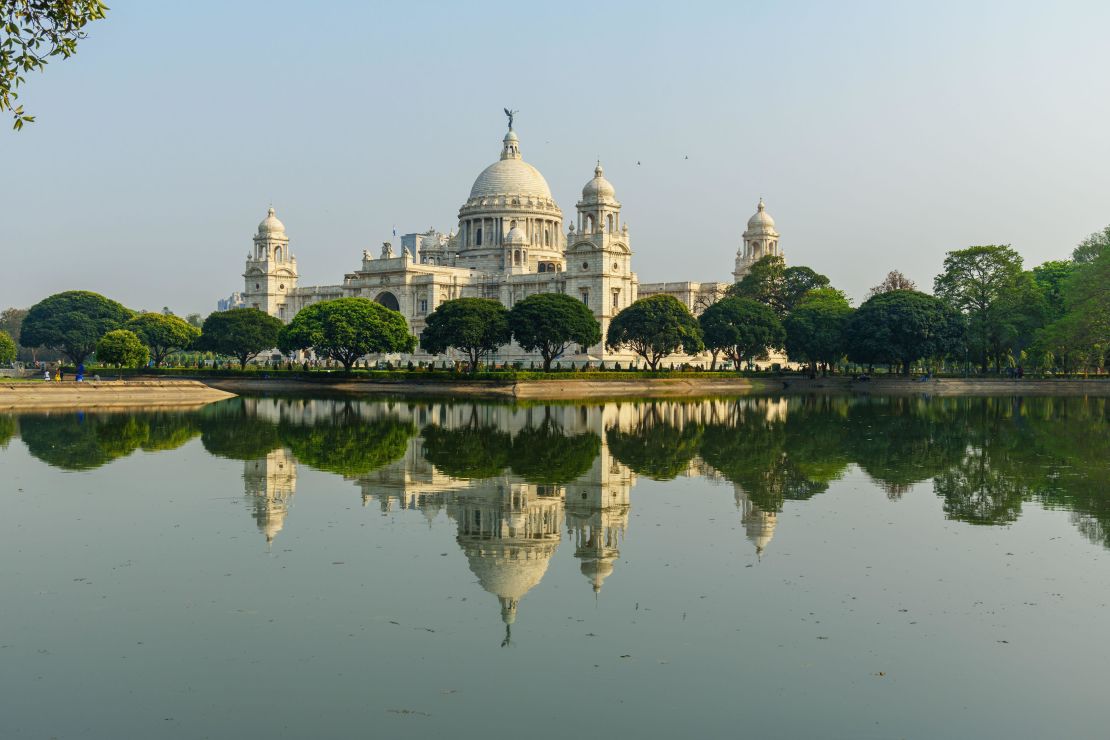
Sustainability has become a guiding principle for many modern architects in India, who recognize the importance of designing buildings that minimize environmental impact.
Incorporating green technologies and eco-friendly materials, architects aim to create spaces that resonate with nature rather than detract from it.
For instance, utilizing rainwater harvesting systems, solar panels, and natural ventilation can drastically reduce a building’s carbon footprint while enhancing the quality of life for its inhabitants.
Architects like B.V. Doshi are at the forefront of this movement, championing designs that harmonize with their surroundings and promote ecological awareness.
Smart Technology Integration

With technological advancements, architects now have access to a wealth of tools and materials that facilitate innovative design solutions.
From automated lighting systems to smart grids, integrating technology into architectural projects enhances functionality while ensuring energy efficiency.
This synergy creates intelligent buildings that respond to the needs of their occupants, paving the way for a more responsive urban environment.
As cities grow, the challenge lies in blending these innovations with the rich heritage of Indian architecture, ensuring that modernity does not overshadow tradition.
The Cultural Revival

A resurgence of interest in indigenous architectural styles has sparked a cultural revival among architects and designers.
Many professionals are turning to traditional building techniques and vernacular styles, drawing inspiration from local crafts, materials, and climatic conditions.
By reimagining these elements within contemporary contexts, they are not only preserving cultural identity but also creating a sense of place that resonates with communities.
This cultural revival encourages collaboration between architects and local artisans, fostering a sense of belonging and ownership among residents.
Preserving Heritage in Modern Times
As India races toward modernization, the challenge of preserving its vast architectural heritage looms large.
Balancing development with conservation requires thoughtful strategies and community engagement to ensure that future generations inherit a rich tapestry of history.
The Role of Community Engagement

Engaging local communities in the conservation process is vital for protecting Indian architecture.
When communities feel involved in preserving their heritage, they develop a sense of pride and responsibility toward maintaining these structures.
Educational initiatives that raise awareness about the historical significance of local monuments and sites can foster this sense of stewardship.
Moreover, involving local artisans and craftsmen in restoration projects helps sustain traditional skills and ensures authenticity in preservation efforts.
Government Policies and Initiatives

Government policies play a crucial role in safeguarding architectural heritage.
Implementing strict regulations against unauthorized alterations and demolitions can help protect significant structures from neglect and misuse.
Establishing heritage management bodies that oversee preservation efforts and promote adaptive reuse can revitalize old buildings while keeping their historic integrity intact.
Public-private partnerships can also provide the necessary funding and expertise for restoration projects, ensuring sustainable development that respects cultural heritage.
A Global Perspective
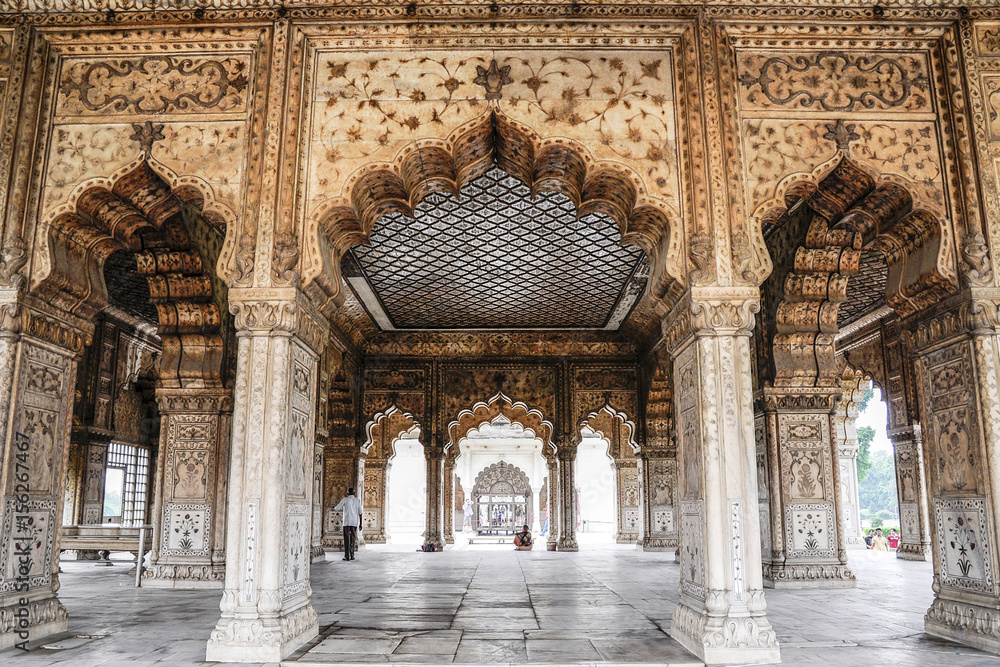
Preserving Indian architecture also calls for a global perspective, as international collaborations can introduce innovative ideas and resources.
Sharing knowledge and best practices with architects and conservationists worldwide can enhance preservation techniques while raising awareness about the significance of Indian heritage on a global stage.
Participating in international forums can also position Indian architecture as a subject worthy of study and admiration, fostering appreciation for its unique contributions to the world of design.
Conclusion

Indian architecture stands as a testament to the country’s rich cultural heritage, creativity, and adaptability. From ancient temples to modern marvels, the journey of architectural evolution reflects a continuous dialogue between past and present.
As we move forward into an increasingly urbanized world, embracing sustainable practices, engaging communities, and honoring our architectural legacy will be crucial for shaping a balanced future.
In this dynamic interplay between tradition and innovation, architects have an incredible opportunity to redefine Indian architecture, ensuring that it remains relevant while celebrating the essence of what makes it uniquely beautiful.
✉️ Stay Connected — Subscribe for Weekly Updates
Discover timeless stories, practical wisdom, and beautiful culture — delivered straight to your inbox.
*We only share valuable insights — no spam, ever.




